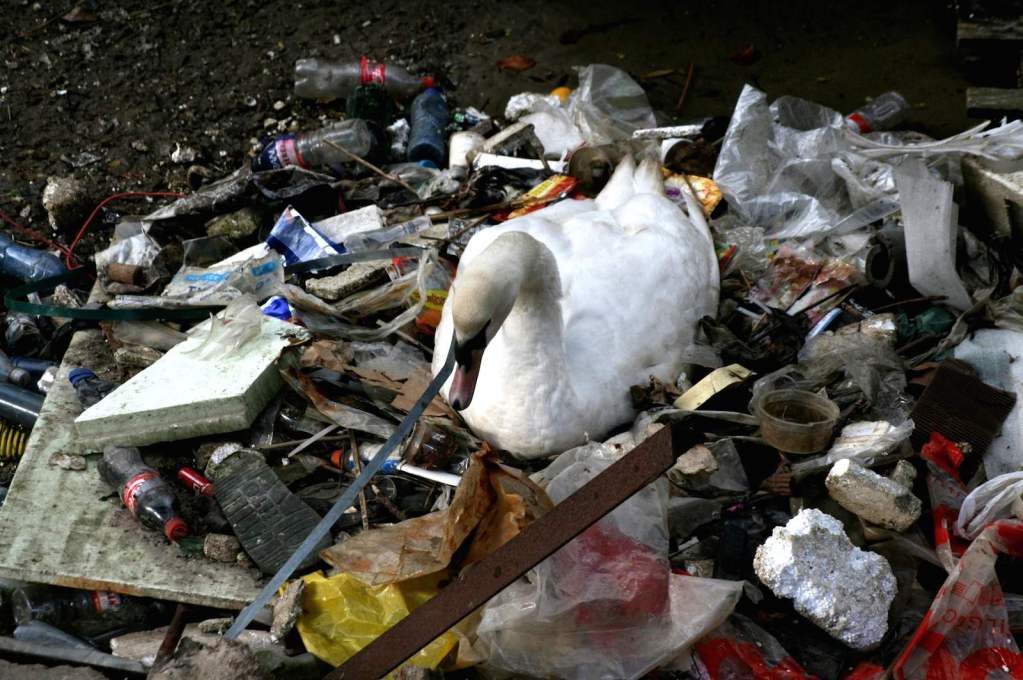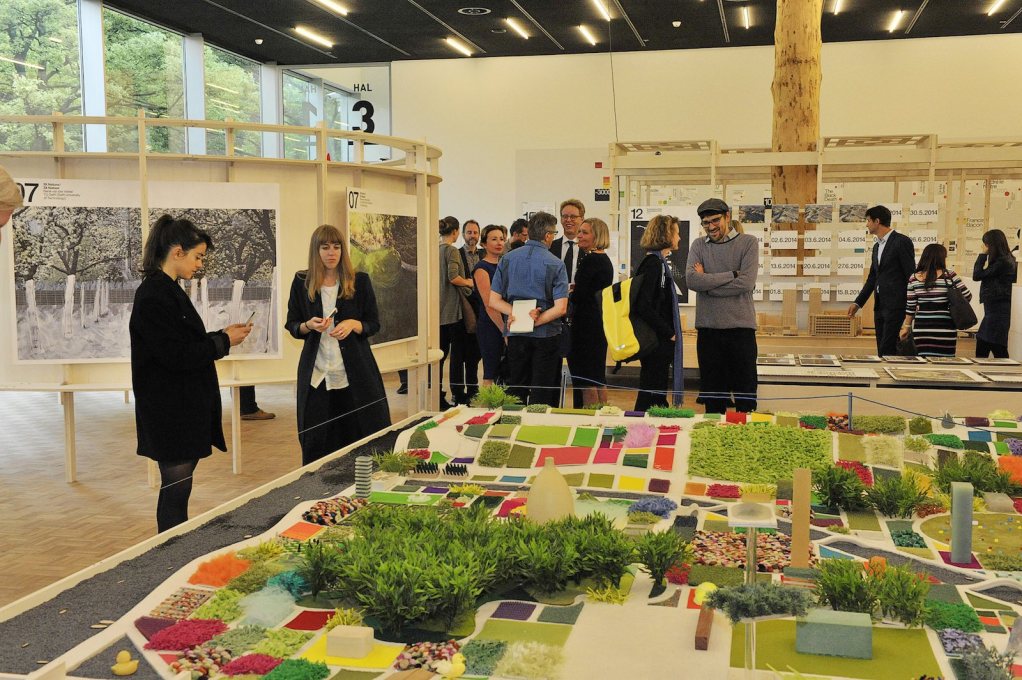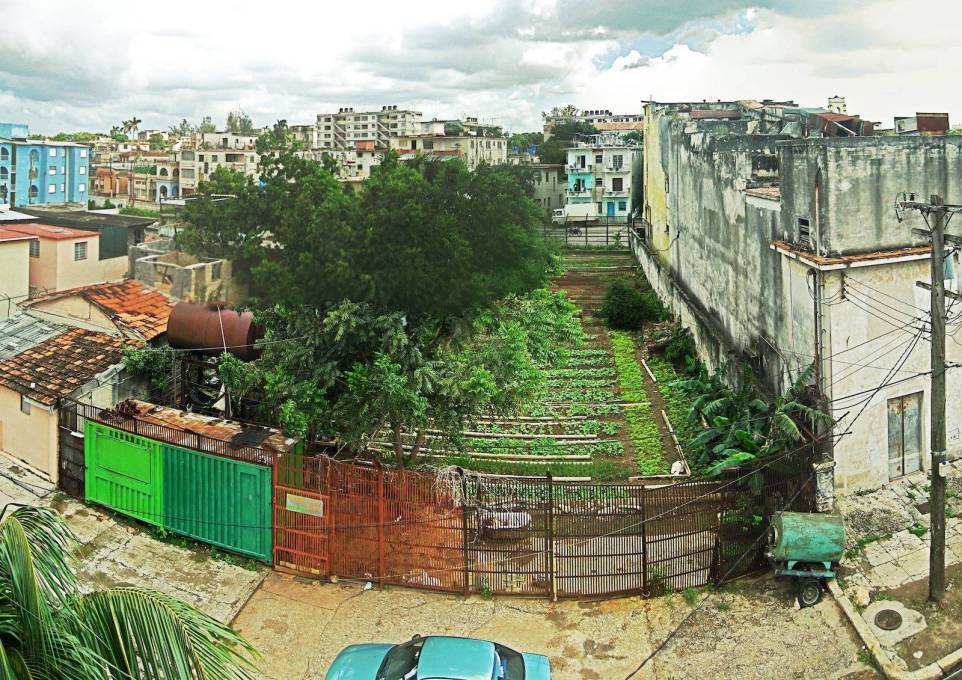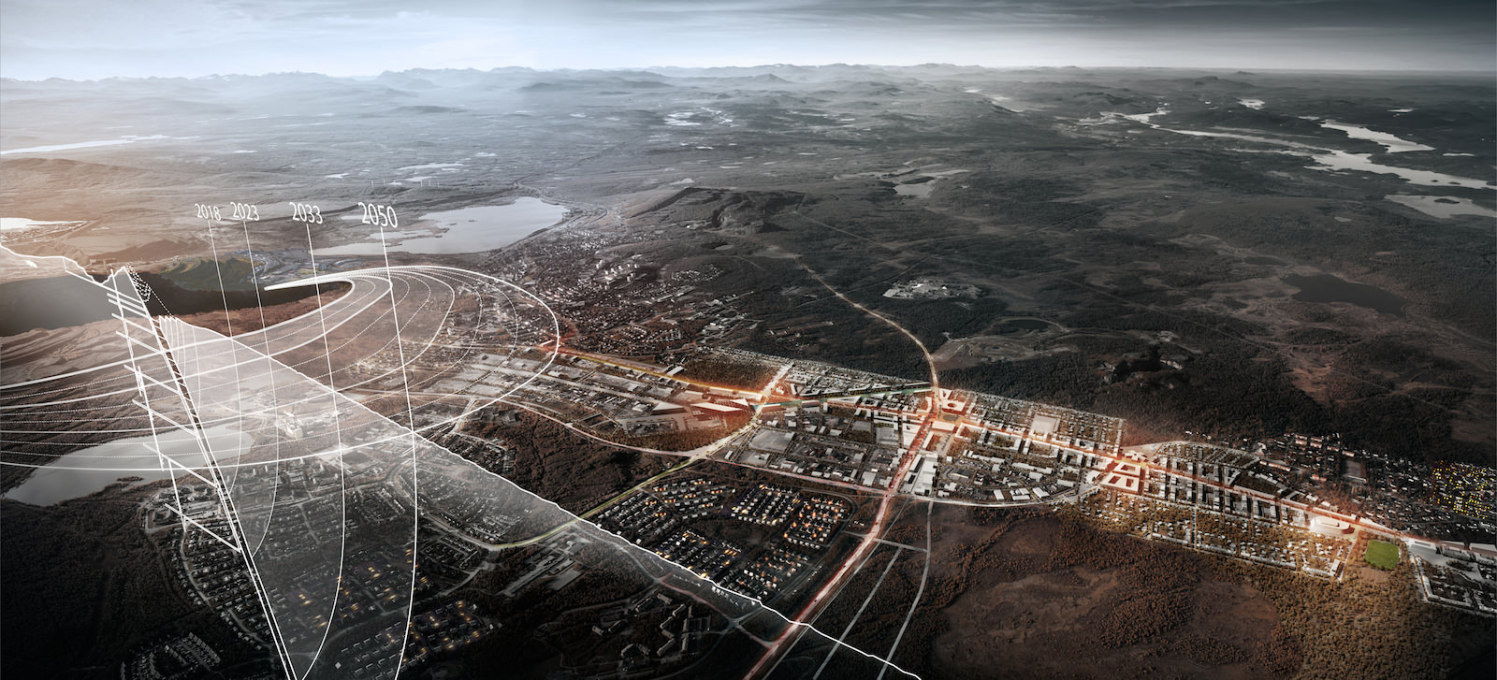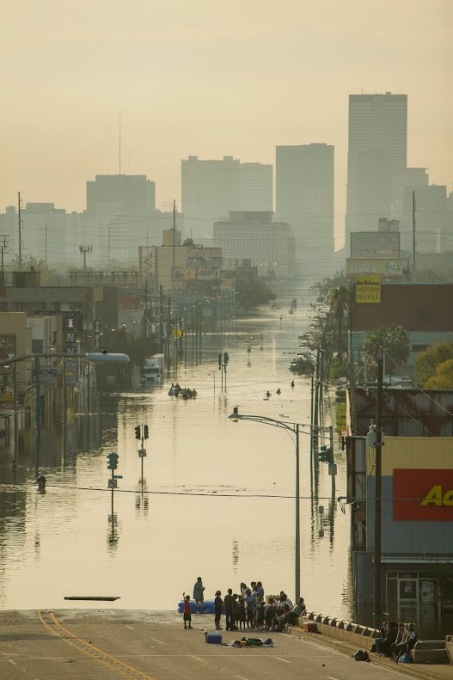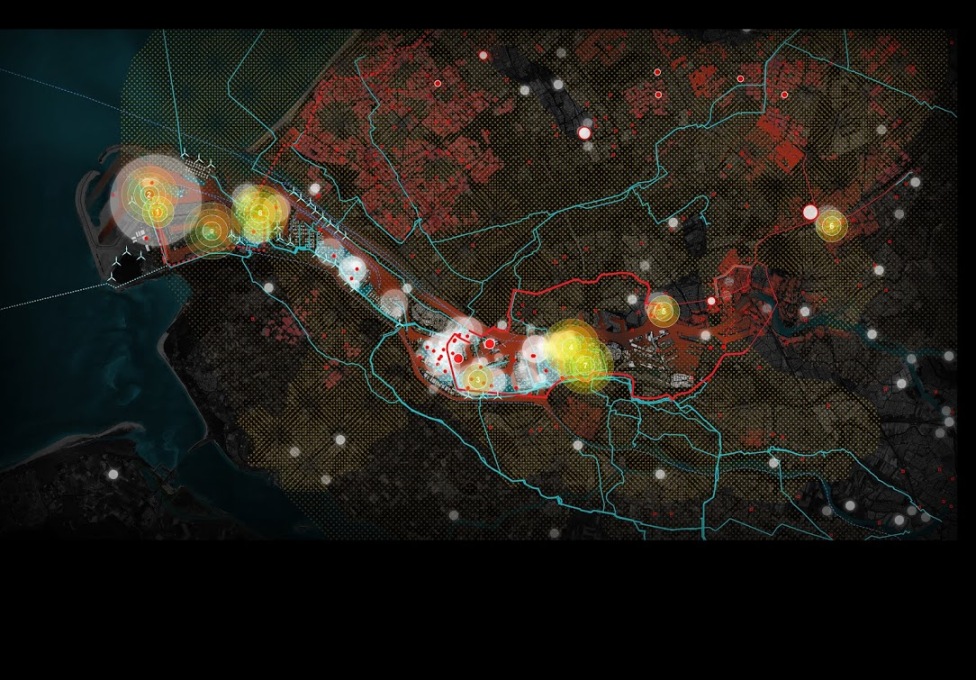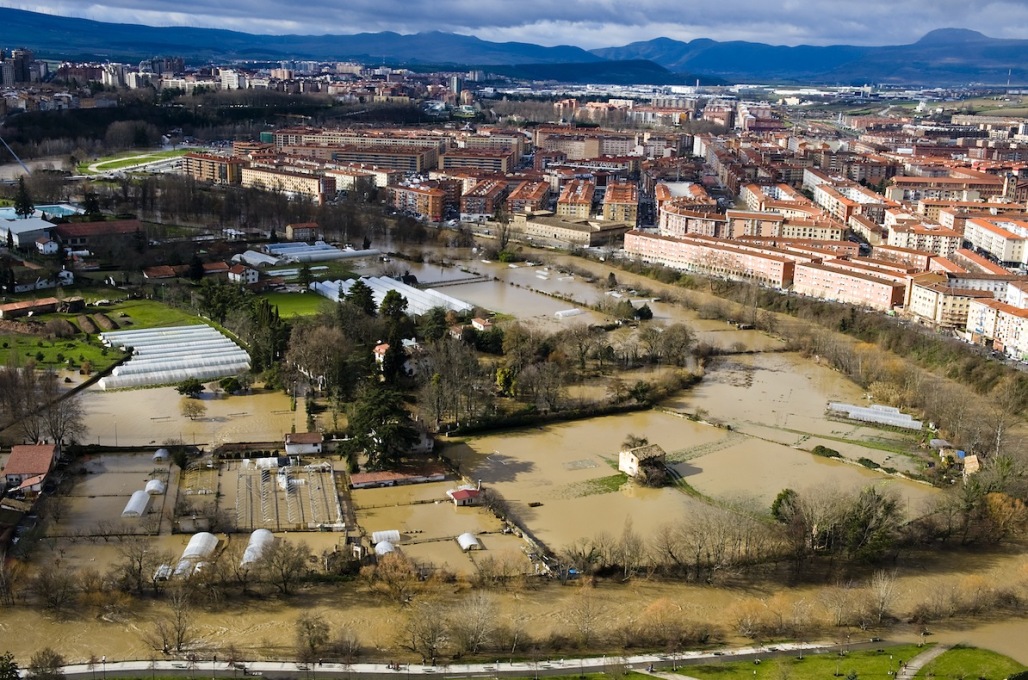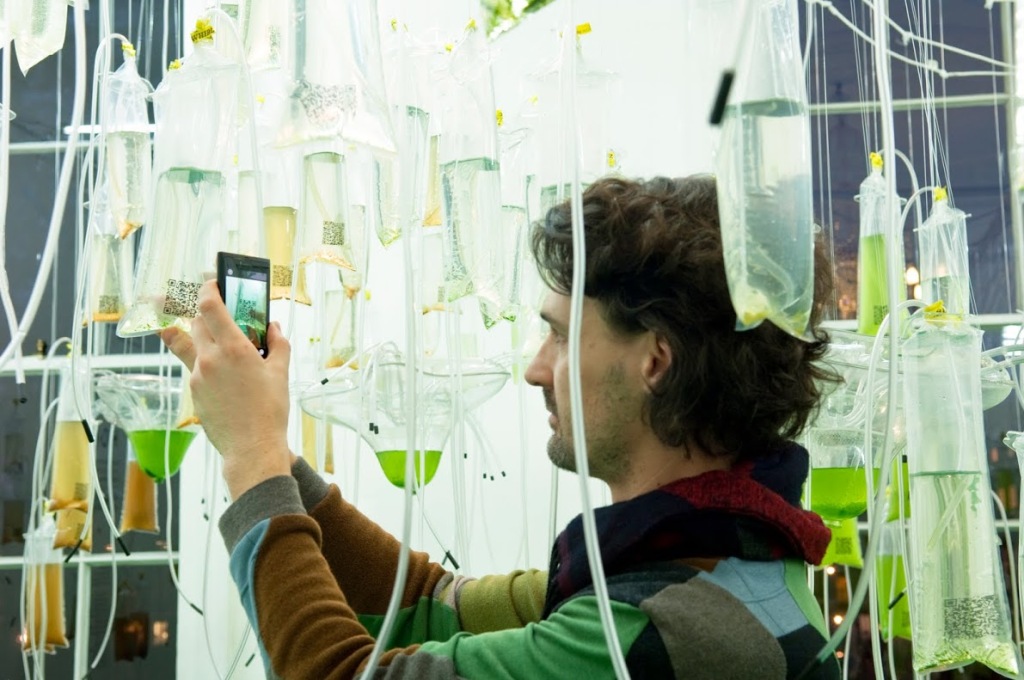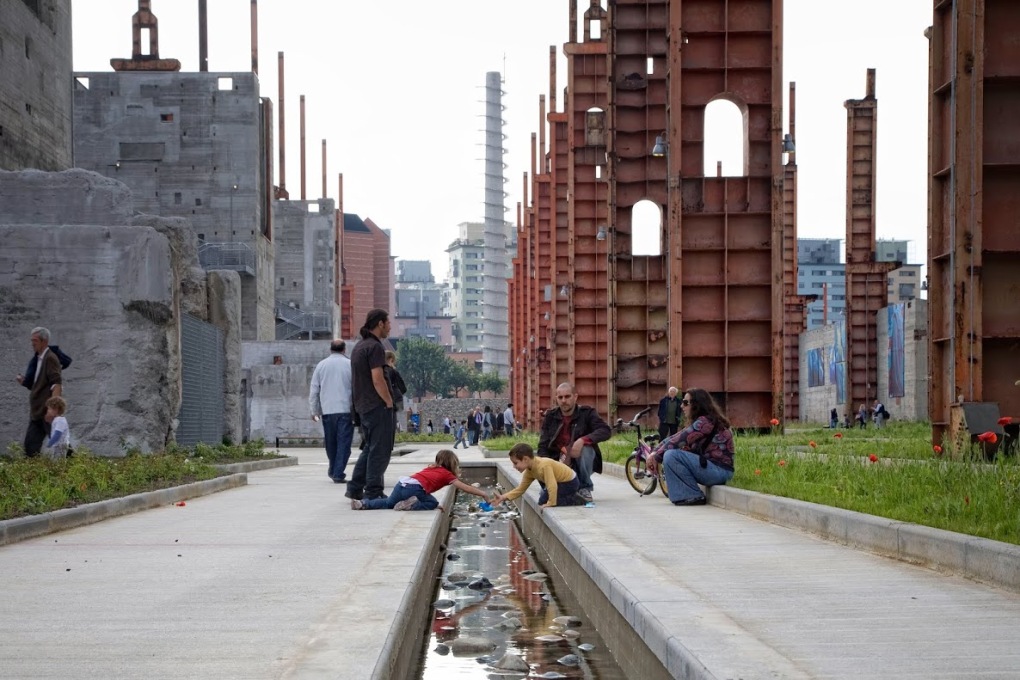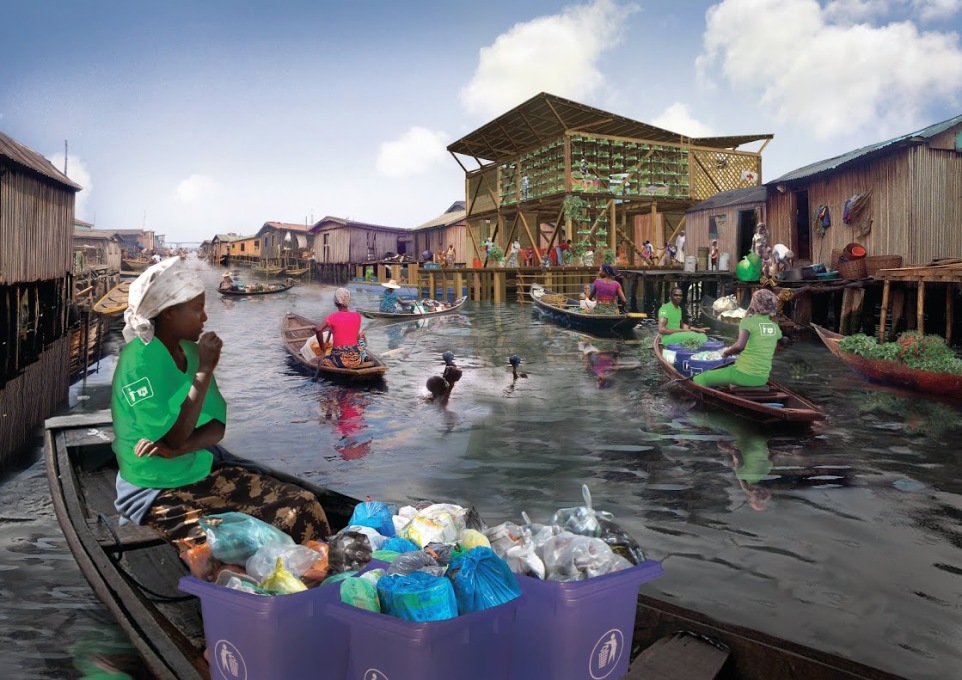In the context of increasingly rapid urbanisation, the theme of the International Architecture Biennale Rotterdam this year is “Urban by Nature”, which focuses on the shifting boundaries of what we understand as natural in relation to the city, given the gradual breakdown of the traditional binary split of man versus nature. However, alongside the massive changes wrought by urban development, other old binaries still hold good too: like both hope and fear for the future, but as Jessica Bridger reports, the range of inspirational projects on view means the former more than outweighs the latter.
With the International Architecture Biennale Rotterdam (IABR) running concurrently with Venice, Biennale season is now in full swing: a time when the world of architecture stops its usual obsessive interior monologue and attempts to communicate with the outside world. For a profession beset by more than a touch of disciplinary insularity, the lifting of the veil always promises something like insight.
This year’s IABR, curated by Dirk Sijmons, Professor of Landscape Architecture at Delft University of Technology and a founder of H+N+S Landscape Architects, has the chosen theme “Urban by Nature”, a timely premise given the growing awareness that the rate and extent of urbanisation has become rapid and all encompassing. If we do not examine our conception of “nature” in this ongoing shift, we miss seeing the forest for the tableau of tree and building, alongside the essential ecological processes that all this urbanisation entails or disrupts. The IABR is not about the fundamentals of the Venice Biennale: but about basics. It is also about being terrified, and our reactions to that terror.
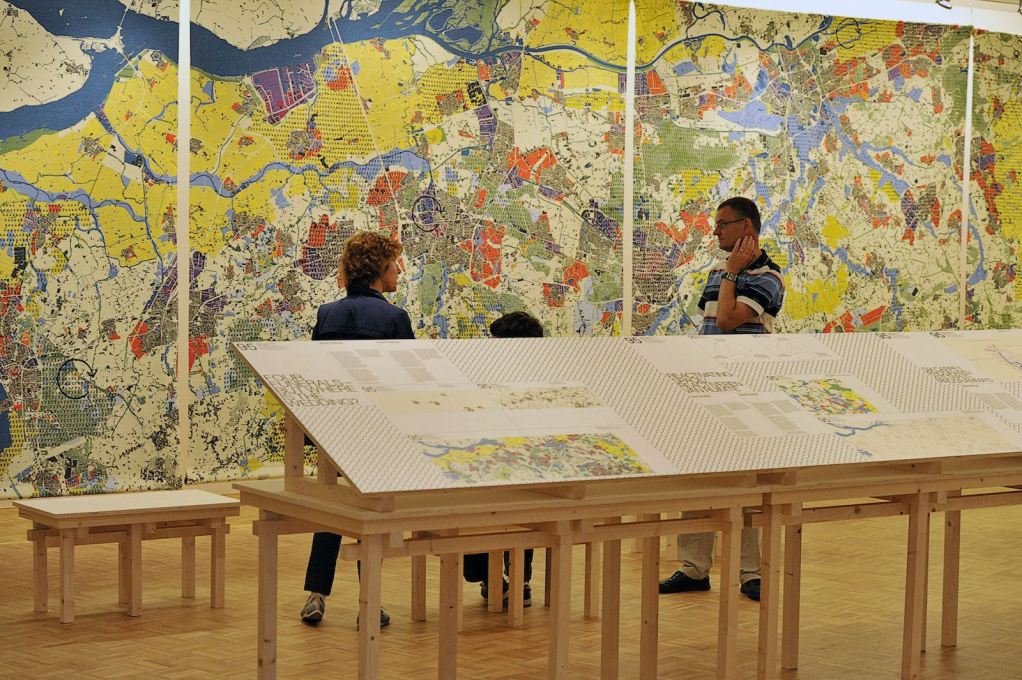
The “Urban by Nature” theme engages with two concurrent strains of thinking: the ramifications coming out of the breakdown of the Western-cultural binary split of man/nature and the response to the ponderous problems wrought by urbanisation through embracing, or re-embracing, ecological and environmental processes and conditions. Adopting the claim that we now live in the human-shaped geological era of the Anthropocene, “Urban by Nature“ defines the basic conditions as BOTH urban AND natural. And the part about being terrified? The black pit of fear on the future of our world, given climate change, shifting energy regimes, resource availability, fractious political contexts and the consequences of global urbanisation.
Most of the projects in the IABR are reactions to some kind of anxiety, and for this reason the show is compelling as it offers 96 responses to defined problems, each displayed on the walls of Rotterdam’s Kunsthal or in the adjacent Natural History Museum. Unsurprisingly the idea of research is primary to most of the projects, and thankfully only very few seem naïve or (overly) idealistic. For this is serious stuff, and Sijmonds has selected serious responses, from a field of over 500 submissions, in addition to three long-term “Project Ateliers” set up by the IABR. The exhibition content is grouped into six sub-themes. “A Planet Cultivated”; “The Urban Metabolism”; “Urban Landscape” and “Climate Change”; “Strategies for the Urban Landscape”; “Pure Resilience and Exploring the Underground”. While this divisioning sometimes seems arbitrary, it does effectively split the exhibition into rough categories of landscape based interventions, such as in “A Planet Cultivated” and “Strategies for the Urban Landscape”, and landscape scale processes and reactions, as seen in “The Urban Metabolism” and “Urban Landscape and Climate Change”. As the IABR prides itself on being a research platform/repository in addition to a biennale, the background research and the general level of sophistication of the projects ground the exhibition.
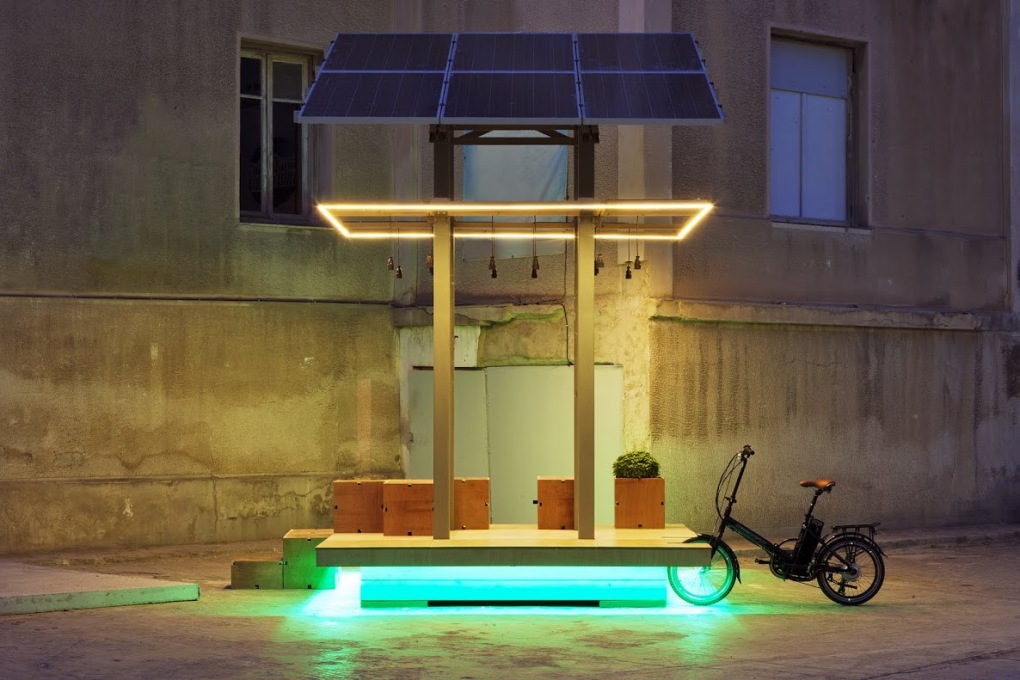
The Kunsthal contains enough ideas to browse for hours, but the emotional heart of the exhibition lies immediately adjacent, in the Natural History Museum, where the “Pure Resilience” section of the IABR is located. Here a stuffed swan sits proudly in a nest of trash, a recreation-as-diorama of what was a sensationalised Dutch news story about environmental degradation. Most people see the swan as a symbol of resilience in an environment however repulsive, yet perhaps it is better thought of as a metaphor for something much larger. The anxieties are clear.
However even the most cynical individual can walk into this IABR and walk out a bit hopeful. The task of bringing this all together and making sense of it was clearly immense, and is successful, if a bit sterile. While the exhibition often seems like the pages of a book pasted on the walls, the static presentation is broken by some truly fantastic models, and fully redeemed by its easy accessibility. There is something to be said for superficial breadth, especially in an exhibition at the scale of the landscape of our built environment.
One could snack away on the amuse bouche from this cookbook of natural urbanisation seemingly forever, and as such it suits the palate of both the urbanism connoisseur and the complete newbie. Take your mom, your Dutch architect boss, your theory obsessed highbrow cultural critic to this show and get down to the basics of the built environment and its potential to (hopefully) save the world.
– Jessica Bridger, an urbanist, journalist and consultant, is a contributing editor for uncube. www.jessicabridger.com
IABR / International Architecture Biennale Rotterdam
Until August 24, 2014
Kunsthal Rotterdam
Westzeedijk 341
3015 AA Rotterdam
Natural History Museum Rotterdam
Westzeedijk 345
3015 AA Rotterdam




